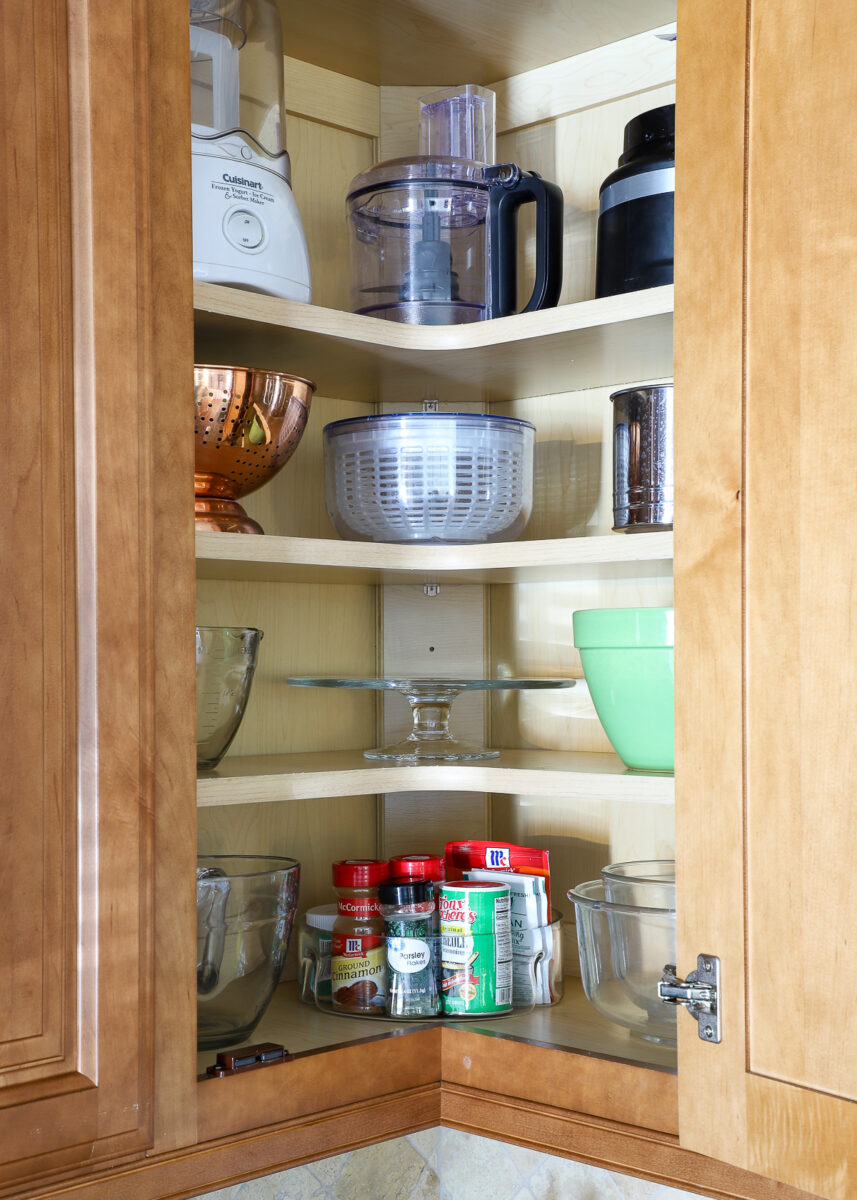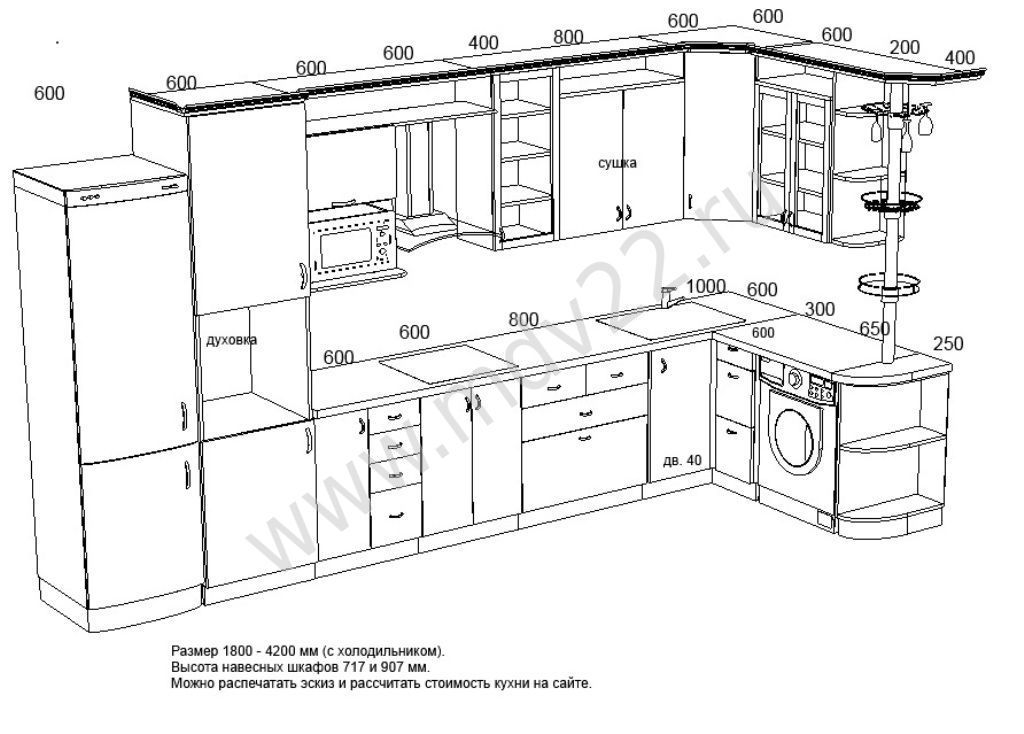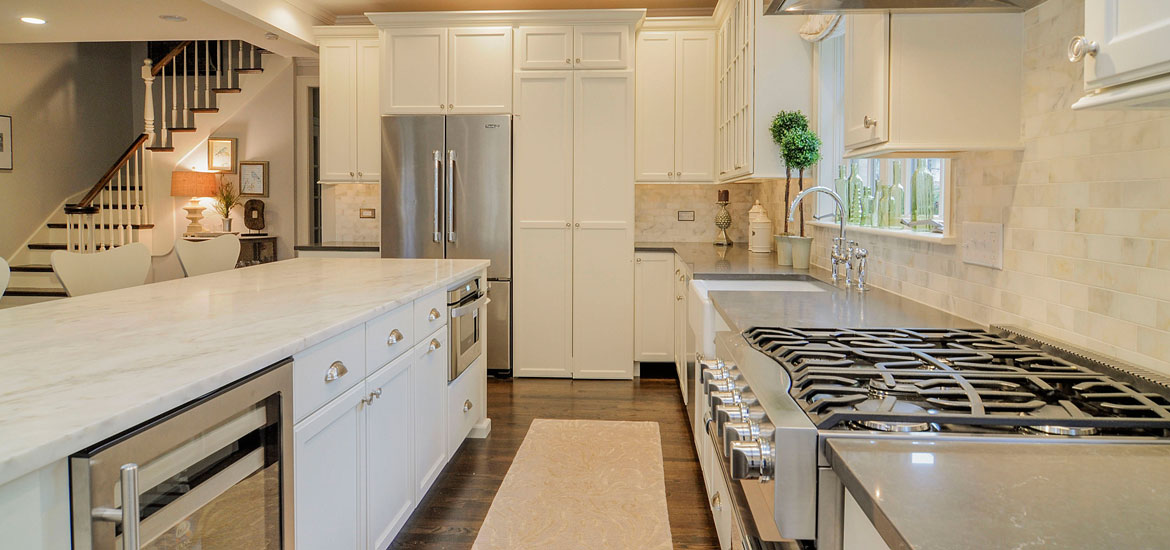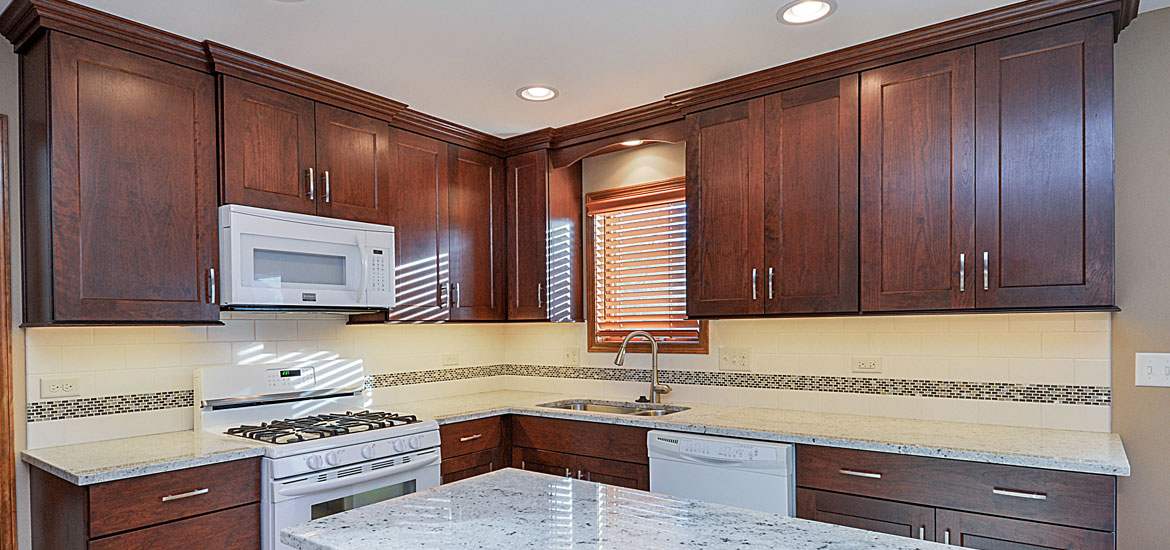Choosing the right wall cabinet size for your kitchen is an important decision that can affect both the functionality and the visual appeal of your space. With the wide variety of options available, it can be overwhelming to know where to start. That's why we've put together this guide to help you understand the standard sizes and dimensions of kitchen wall cabinets, so you can make an informed decision for your home.Wall Cabinet Sizes: How to Choose the Right One for Your Kitchen
When it comes to kitchen cabinets, there are a few standard sizes and dimensions that are commonly used by manufacturers. These sizes are based on industry standards and are designed to fit the average kitchen space. It's important to note that these sizes may vary slightly between different manufacturers, so always double check the dimensions before purchasing. The most common wall cabinet height is 30 inches, which is considered the standard size. This allows for enough space between the countertop and the bottom of the cabinet for most people to comfortably work and prepare food. However, there are also options for 36 inch and 42 inch wall cabinets, for those who prefer a taller look or have higher ceilings in their kitchen. When it comes to width, the standard size for wall cabinets is typically 12 inches, 24 inches, or 36 inches. These sizes are designed to fit seamlessly above standard base cabinets, which are typically 24 inches deep.Standard Kitchen Cabinet Sizes and Dimensions
To make it easier to visualize the different sizes and dimensions of kitchen wall cabinets, we've put together this handy chart:Standard Kitchen Cabinet Sizes Chart
It's important to understand how cabinet measurements are labeled, as this can help you choose the right size for your kitchen. When looking at a cabinet, the first number listed is usually the width, followed by the height, and then the depth. For example, a cabinet labeled as "24x30x12" would mean it is 24 inches wide, 30 inches tall, and 12 inches deep. Another important thing to note is that the depth of a wall cabinet is measured from the front of the cabinet to the back, not including the thickness of the door. This is because doors can vary in thickness and can be changed out easily, whereas the cabinet itself is a permanent fixture.Understanding Cabinet Measurements
In addition to the standard sizes and dimensions of wall cabinets, it's also important to consider the space between cabinets. The standard distance between two wall cabinets is 18 inches, which allows for enough space to comfortably fit most appliances and kitchen tools. However, this distance can be adjusted if needed, depending on your specific needs and preferences. Another important dimension to consider is the height of the cabinets in relation to the ceiling. The standard recommendation is to leave at least 18 inches of space between the top of the cabinet and the ceiling, to allow for proper ventilation and to avoid a cramped look. However, this can also be adjusted if you have higher ceilings or want a different aesthetic.Standard Kitchen Cabinet Dimensions
Before purchasing wall cabinets for your kitchen, it's important to take accurate measurements of your space. This will ensure that the cabinets you choose will fit properly and look cohesive with the rest of your kitchen. Here are some tips for measuring for kitchen cabinets:How to Measure for Kitchen Cabinets
The layout of your kitchen can also play a role in the size and dimensions of your wall cabinets. For example, if you have a small kitchen, you may opt for smaller 12 inch wide cabinets to maximize space. However, if you have a larger kitchen with ample storage space, you may choose to have a mix of 24 inch and 36 inch cabinets to add visual interest and break up the space. Another popular layout is to have a combination of cabinets and open shelving, which can add a unique touch to the kitchen and provide easy access to frequently used items.Standard Kitchen Cabinet Sizes and Layout
If you're still feeling unsure about which cabinet sizes and dimensions are right for your kitchen, don't worry. Many cabinet manufacturers offer guides and resources to help you make the best decision for your space. They can also provide assistance with custom sizes and layouts, so don't hesitate to reach out for help. Additionally, many home improvement stores offer design services that can help you plan and visualize your kitchen before making any purchases. This can be especially helpful for those who are DIY-ing their kitchen remodel and want to ensure they have the right measurements and sizes before beginning.Kitchen Cabinet Sizes and Specifications Guide
If you're planning on installing your kitchen cabinets yourself, it's important to have a good understanding of the standard sizes and dimensions. This will ensure that your cabinets are installed correctly and securely, and that they fit seamlessly with the rest of your kitchen. It's also important to have the right tools and materials for the job, and to follow all safety precautions. Remember to always double check your measurements and follow the manufacturer's instructions for installation. If you're unsure about any aspect of the process, don't hesitate to seek professional help.Standard Kitchen Cabinet Sizes and Dimensions for DIYers
In conclusion, choosing the right wall cabinet size for your kitchen is an important decision that should not be taken lightly. By understanding the standard sizes and dimensions, and taking accurate measurements of your space, you can make an informed decision that will enhance the functionality and visual appeal of your kitchen. Whether you're a DIYer or working with a professional, keep these tips in mind to ensure a successful and seamless installation of your new kitchen cabinets.Kitchen Cabinet Sizes and Specifications
The Importance of Wall Cabinets in Standard Kitchen Cabinet Sizes

Maximizing Storage Space
 When it comes to designing a functional and efficient kitchen,
wall cabinets
play a crucial role. These cabinets are installed above the countertop and provide additional storage space for all your kitchen essentials. With
standard kitchen cabinet sizes
, you can easily plan and organize your kitchen layout to make the most of the available space.
When it comes to designing a functional and efficient kitchen,
wall cabinets
play a crucial role. These cabinets are installed above the countertop and provide additional storage space for all your kitchen essentials. With
standard kitchen cabinet sizes
, you can easily plan and organize your kitchen layout to make the most of the available space.
Aesthetic Appeal
:max_bytes(150000):strip_icc()/guide-to-common-kitchen-cabinet-sizes-1822029-hero-08f8ed3104a74600839ac5ef7471372e.jpg) Aside from their practical purpose,
wall cabinets
also contribute to the overall aesthetic appeal of your kitchen. They come in a variety of designs, materials, and finishes, making it easy to find one that matches your kitchen style. You can opt for sleek and modern cabinets for a contemporary look, or go for traditional cabinets with intricate details for a more classic feel.
Aside from their practical purpose,
wall cabinets
also contribute to the overall aesthetic appeal of your kitchen. They come in a variety of designs, materials, and finishes, making it easy to find one that matches your kitchen style. You can opt for sleek and modern cabinets for a contemporary look, or go for traditional cabinets with intricate details for a more classic feel.
Customizable Options
 While standard kitchen cabinet sizes are a great starting point, you can also customize your wall cabinets to fit your specific needs.
Custom kitchen cabinets
allow you to choose the size, shape, and design of your cabinets, giving you complete control over the functionality and aesthetics of your kitchen. This is especially beneficial for those with unique kitchen layouts or specific storage requirements.
While standard kitchen cabinet sizes are a great starting point, you can also customize your wall cabinets to fit your specific needs.
Custom kitchen cabinets
allow you to choose the size, shape, and design of your cabinets, giving you complete control over the functionality and aesthetics of your kitchen. This is especially beneficial for those with unique kitchen layouts or specific storage requirements.
Efficient Organization
 In addition to providing storage space, wall cabinets also help in keeping your kitchen organized and clutter-free. With designated spaces for different items, you can easily access and store your cooking essentials, keeping your kitchen tidy and efficient. This is especially important in small kitchens where space is limited.
In addition to providing storage space, wall cabinets also help in keeping your kitchen organized and clutter-free. With designated spaces for different items, you can easily access and store your cooking essentials, keeping your kitchen tidy and efficient. This is especially important in small kitchens where space is limited.
Final Thoughts
 In conclusion,
wall cabinets
are an essential component of
standard kitchen cabinet sizes
and play a crucial role in creating a functional and aesthetically pleasing kitchen. With customizable options, they can cater to your specific needs and help in efficient organization of your kitchen. So when planning your kitchen design, don't underestimate the importance of wall cabinets.
In conclusion,
wall cabinets
are an essential component of
standard kitchen cabinet sizes
and play a crucial role in creating a functional and aesthetically pleasing kitchen. With customizable options, they can cater to your specific needs and help in efficient organization of your kitchen. So when planning your kitchen design, don't underestimate the importance of wall cabinets.






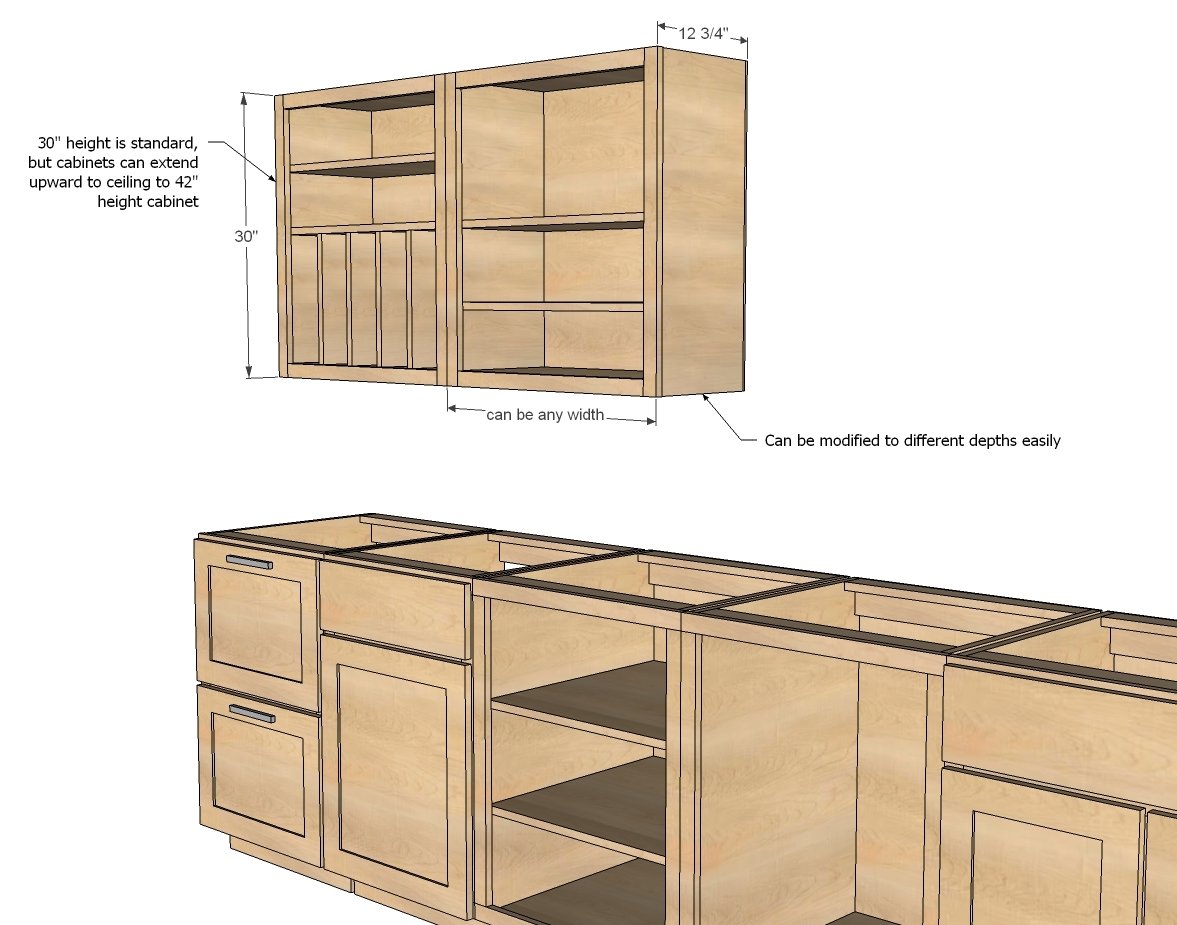


:max_bytes(150000):strip_icc()/guide-to-common-kitchen-cabinet-sizes-1822029-base-6d525c9a7eac49728640e040d1f90fd1.png)







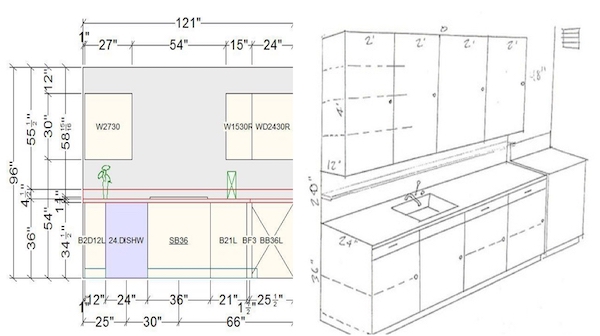

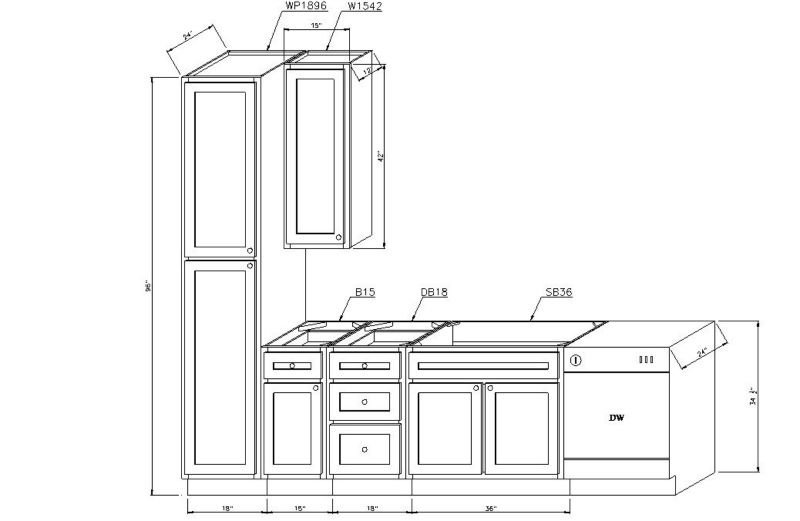






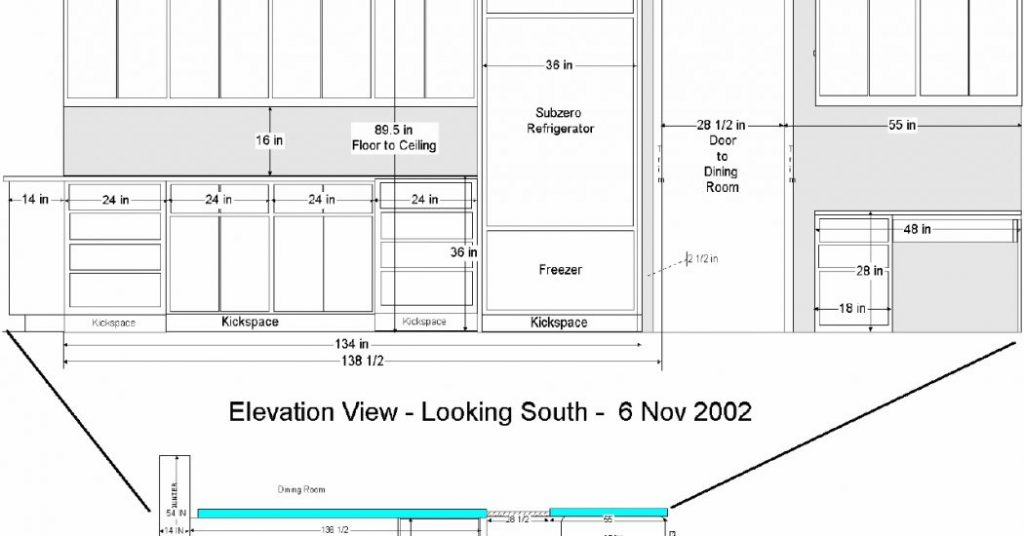






:max_bytes(150000):strip_icc()/beautiful-new-kitchen-in-a-classic-country-style-896564008-ecfcf47586244011a8c1ffd9400890f9.jpg)







:max_bytes(150000):strip_icc()/guide-to-common-kitchen-cabinet-sizes-1822029_1_final-5c89617246e0fb0001cbf60d.png)




